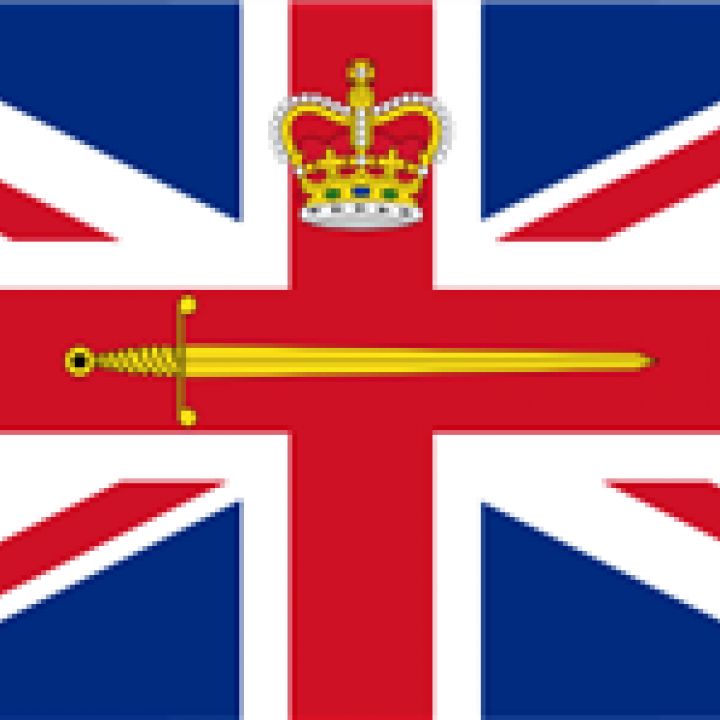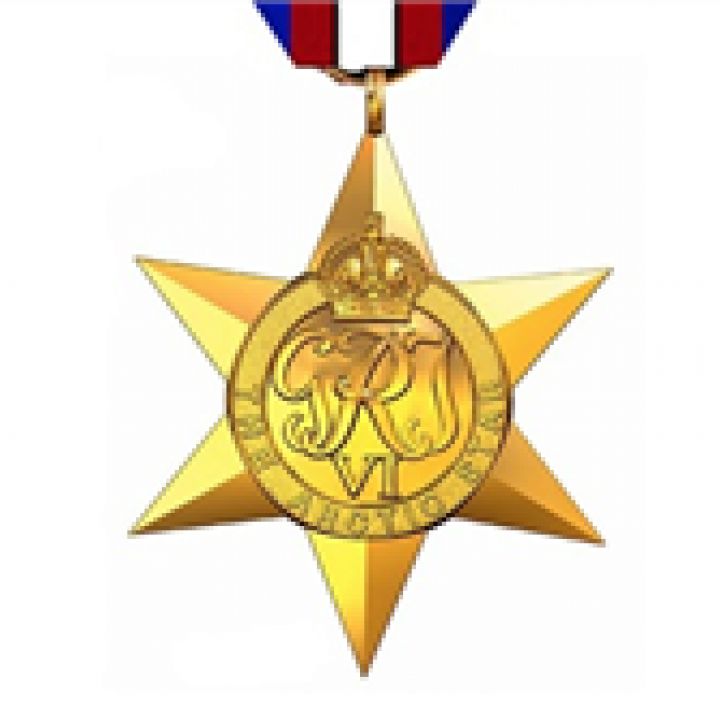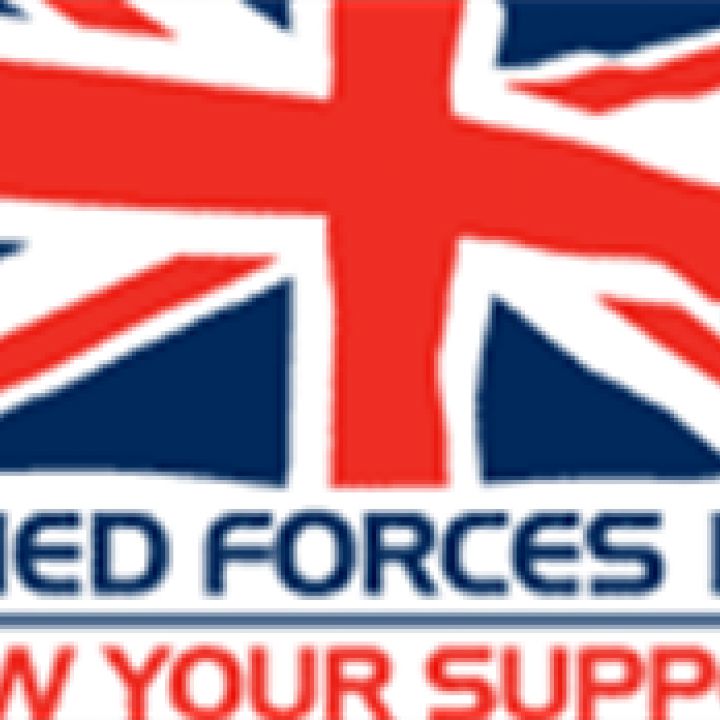ARCTIC STAR MEDAL PRESENTATION

On Tuesday September 3rd, TS Resolution, Swindon, hosted the presentation of the Arctic Star medal to Life Vice President Mr Richard Jagger MBE VRD (94). The presentation was conducted by the Unit President Rear Admiral Nicholas Wilkinson CB RN(Rtd).
These extracts were taken from the talk that Richard gave to the cadets, staff and parents. He described in vivid detail his experiences and the conditions faced by the crew of HMS Royalist during the Arctic Convoys of 1943-44.
I commissioned in 1943 and my first ship was the cruiser, HMS Royalist, flagship for the Rear Admiral Escort Carriers (RAEC). The Escort Carriers were large merchant vessels that were converted to aircraft carriers by the removal of the superstructure and installing a full length wooden flight deck and steam catapult (nicknamed ‘Woolworth Carriers’). The primary purpose of the ECs was to fly light aircraft for reconnaissance against U-boats while the convoy was on its way to Russia.
The worst convoy conditions were during the winter months when the sea spray landing on the ship froze and had to be hacked off to reduce the extra top weight. Apart from the rough sea, I remember condensation adding to the muggy atmosphere and the smell of dirty bodies, damp clothes and fuel oil. Apart from face and hands, it was not safe to undress to wash or have a bath in case of a panic attack by the enemy. Eating in heavy weather need a special technique to keep food on the plate and the plate off the floor.
The sun never rises in the Arctic from November to February and the Northern Lights are no substitute – weird gold and green flickering curtains in the sky. From April to September the sun never really sets so constant daylight gave persistent air attack the advantage. Needless to say, U-boat attacks continued throughout.
The Navy had bridges open to the sky and you needed special clothing to stand a four hour watch, often below 20 degrees Celsius of frost. When the ship hit an oncoming roller, the shock was severe and felt throughout the ship “hitting a milestone” the crew called it. The heavy foam fell over the bridge more often than not and you needed the sou’westers, oilskins and thick scarves. Even so, at the end of your watch the sea water would be running down your neck and well down your back. In the Naval Prayer, the sailors pray for protection against the raging of the sea and violence of the enemy. We got both.
I regard this medal as a souvenir to our lost youth, when we were fit and strong enough to stand the hardships of Arctic seagoing convoys.












